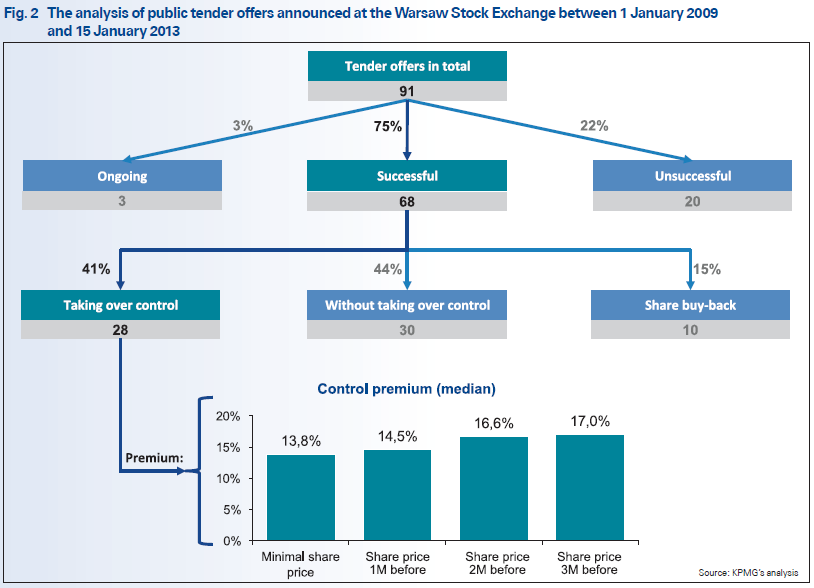What is the difference between fair market value and fair value as it relates to valuation
Post on: 16 Март, 2015 No Comment

Related Topics
Fair Market Value (FMV) refers to the age-old standard of value to which the IRS adheres. Fair Market Value has a great deal of case law behind it. Current cases continue to support the usage of both Discounts for Lack of Control (DLOCs) and Discounts for Lack of Marketability (DLOMs) under the Fair Market Value standard. These discounts are often relied upon when valution analysts appraise the value of limited partnerships for tax purposes.
Fair Market Value is defined in IRS Revenue Ruling 59-60 as: The price at which the property would change hands between a willing buyer and a willing seller when the former is not under any compulsion to buy and the latter is not under any compulsion to sell, both parties having reasonable knowledge of relevant facts.
Revenue ruling 59-60 goes on to say that:
Court decisions frequently state in addition that the hypothetical buyer and seller are assumed to be able, as well as willing, to trade and to be well informed about the property and concerning the market for such property.
Fair Value (FV) was defined by the Financial Accounting Standards Board (FASB), which is vested with standards-setting powers for financial reporting under US GAAP. Fair Value is often referred to as the GAAP valuation standard, and has had increasing relevance since the advent of ASC 718 (formerly known as SFAS 123R). Our understanding of Fair Value has been refined by ASC 820 (formerly known as SFAS 157).
Essentially, any aspect of financial reporting that requires valuation must adhere to the FV standard, which is defined in ASC 820 as:

The price that would be received to sell an asset or paid to transfer a liability in an orderly transaction between market participants at the measurement date.
Fair Value allows DLOCs and DLOMs, where the DLOM may be calculated using a protective put (or other) methodology. Fair Value — rightly or wrongly — is often distinguished from Fair Market Value by its reliance upon Black-Scholes, Lattice Model and other option valuation methodologies which have become more readily accepted in the many years since Fair Market Value was initially established.
Difficulty has often arisen when valuations conducted for tax purposes (say, to value stock options under IRC 409A) are later used for financial reporting purposes (for example, to account for the cost of stock options under ASC 718). When the latter calculations are audited, the tax valuation conducted under FMV may not be acceptable under FV. Essentially, Fair Value has in many ways become the higher standard, at least in the field of stock option valuation.














